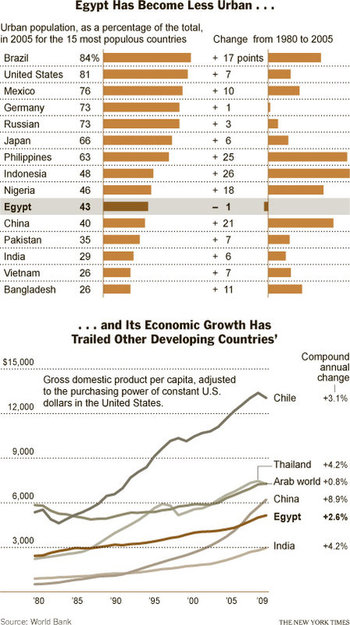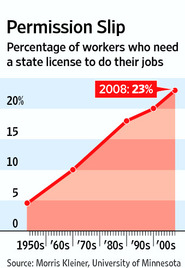(p. A13) BEIJING–Young people calling themselves the “ant tribe” and living in Beijing’s outskirts have prompted a national discussion about the tough job market for college graduates in China.
The term “ants”–referring to the graduates’ industriousness as well as their crowded, modest living conditions–was coined in a book by Lian Si, a professor at the University of International Business and Economics in Beijing, who in a 2007-09 survey of 600 Beijing-area college graduates found their average monthly income was the equivalent of $300.
The book touched a nerve in China, inspiring both admiration for the young people’s striving and indignation at their living conditions. Earlier this year, several members of the Chinese People’s Political Consultative Conference, an advisory body to the government, said they were moved to tears on a visit to the village of Tangjialing when they heard two young men who shared a 50-square-foot room sing a song they composed about their tough lives.
. . .
The “Song of the Ants” is a favorite. Its refrain: “Though we have nothing, we are tough in spirit; though we have nothing, we are still dreaming; though we have nothing, we still have power; though we have nothing, we are not afraid of being deserted.”
For the full story, see:
Sue Feng and Ian Johnson. “Job Squeeze in China Sends ‘Ants’ to Fringes; Millions of College Graduates Stack Up, Seek Cheap Living on Beijing Outskirts.” The Wall Street Journal (Tues., May 4, 2010): A13.
(Note: ellipsis added.)
(Note: the online version of the story is dated May 3, 2010 and has the title “China Job Squeeze Sends ‘Ants’ to Fringes; Millions of College Graduates Stack Up, Seek Cheap Living on Beijing Outskirts.”)









